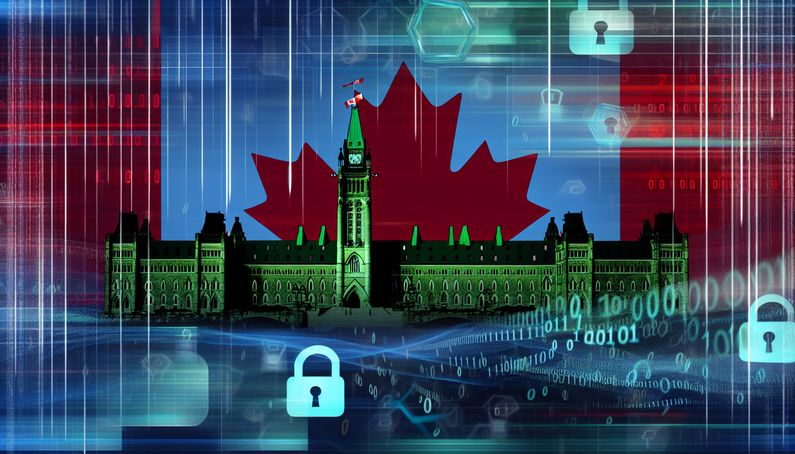
Unmasking the Cyberattack on Canada's House of Commons: Lessons and Future Safeguards
In a digital age where data is as valuable as gold, the recent cyberattack on Canada’s House of Commons serves as a wake-up call. This breach, exploiting a Microsoft vulnerability, granted unauthorized access to sensitive databases containing employee information such as names, job titles, and email addresses. The incident highlights the urgent need for robust cybersecurity measures to protect governmental data (Bleeping Computer). The stolen data poses risks of identity theft and impersonation, underscoring the potential for targeted phishing attacks against parliamentarians (CBC News).
Exploitation of Microsoft Vulnerability
Imagine leaving your front door unlocked in a neighborhood known for break-ins. This is akin to what happened when a recent Microsoft vulnerability was exploited in the cyberattack on Canada’s House of Commons. The vulnerability allowed the threat actor to gain unauthorized access to a database managing computers and mobile devices within the House of Commons. The attacker extracted data that was not publicly accessible, including employee names, job titles, office locations, and email addresses (Bleeping Computer).
Nature of the Stolen Data
The breach resulted in the theft of various types of employee data. The stolen information included personal identifiers such as names, job titles, office locations, and email addresses. This data is particularly sensitive as it can be used for impersonation or targeted phishing attacks against the employees and members of the House of Commons. The breach also compromised information related to the management of computers and mobile devices, which could potentially be used to further infiltrate the network or disrupt operations (CBC News).
Potential Implications and Risks
The data breach poses significant risks, including the potential for identity theft and impersonation of parliamentarians. The stolen information could be exploited in scams or fraudulent activities targeting the employees and members of the House of Commons. The breach highlights the critical need for enhanced cybersecurity measures to protect sensitive information and prevent unauthorized access. Employees and House of Commons members have been advised to remain vigilant against potential fraudulent attempts using the stolen data (Bleeping Computer).
Collaboration with Security Agencies
In response to the breach, the House of Commons is collaborating with the Communications Security Establishment (CSE), Canada’s national security agency. The CSE is providing support in investigating the impact of the attack and identifying the threat actor responsible. The agency defines a threat actor as an individual or group with malicious intent aiming to gain unauthorized access to or affect victims’ data, devices, systems, and networks. However, the CSE has not yet confirmed the identity of the attacker (CBC News).
Recommendations for Future Prevention
To prevent similar breaches in the future, several cybersecurity measures are recommended:
- Implement strong encryption protocols
- Modernize outdated systems
- Employ advanced intrusion detection and real-time monitoring tools
- Maintain secure, offline backups to avoid paying ransoms in the event of a ransomware attack
- Conduct regular system audits and employee training on cybersecurity best practices
These steps are essential to enhance the overall security posture and prevent unauthorized access to sensitive information (Corba Blog).
Final Thoughts
The cyberattack on Canada’s House of Commons serves as a stark reminder of the ever-present threats in the digital landscape. The collaboration with the Communications Security Establishment (CSE) is a crucial step in identifying the threat actor and mitigating further risks (CBC News). Moving forward, implementing advanced cybersecurity measures, such as strong encryption and real-time monitoring, is essential to safeguard sensitive information. Regular audits and employee training can further enhance security and prevent future breaches (Corba Blog).
References
- Bleeping Computer. (2025). Canada’s House of Commons investigating data breach after cyberattack. https://www.bleepingcomputer.com/news/security/canadas-house-of-commons-investigating-data-breach-after-cyberattack/
- CBC News. (2025). House of Commons data breach. https://www.cbc.ca/news/politics/house-of-commons-data-breach-1.7608061
- Corba Blog. (2025). Data breaches in Canada. https://www.corba.do.com/blog/data-breaches-canada



